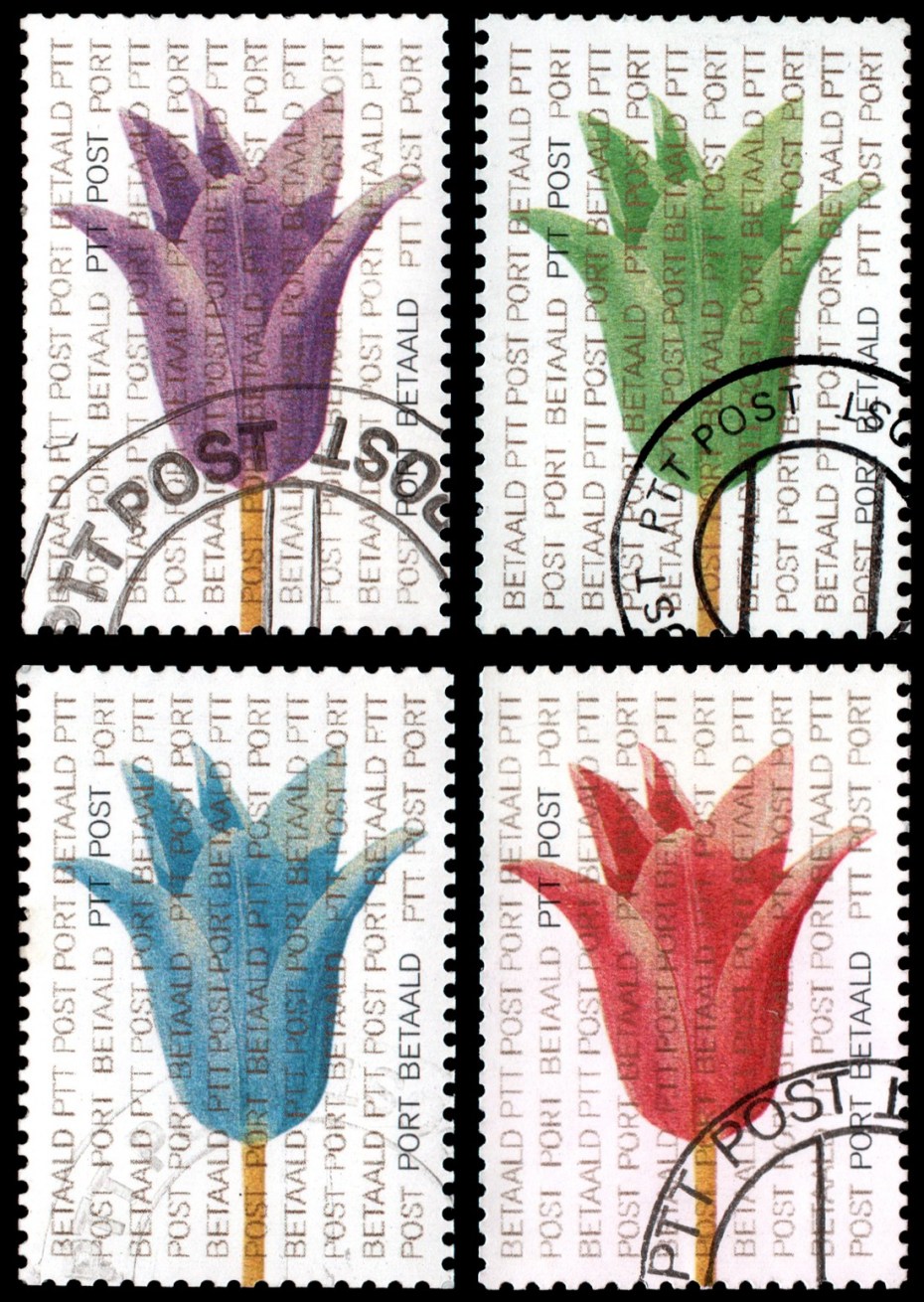All postal companies worldwide are dealing with a rapid decline in the amount of mail sent each year. Where the postal services once had more or less a monopoly on communication, especially since the rise of the internet, email, and smartphones, almost nothing remains of that. This is true for both KoreaPost in Korea and PostNL in the Netherlands.
In the Netherlands, this is further compounded by the fact that the postal company, which once operated under the names PTT and later KPN, TNT, TPG as a government monopoly (until the IPO in 1994), was split in 2011 into courier service TNT Express and postal company PostNL. This means that since then, the postal company not only has the problem of less mail but also faces more competition to deliver ever-decreasing amounts of mail.

In addition to many cost-cutting measures, such as closing all post offices in the Netherlands, new products are part of the strategy of the privatized postal company to keep revenues up. An example is the personalized stamps produced by PostNL, which KoreaPost also sells under the name My Own Stamps (“나만의 우표”). This article showcases two other products: “postage paid” stamps and “magazine cards”.
Postage Paid Stamps
While citizens send less and less mail, many companies still need to send advertising by mail. This is done in the form of bulk mail, where the sender gets a discount compared to the normal rate for similar mail. People recognize this advertising immediately because there is no postage stamp on it, and such mail is massively discarded. No one is waiting for advertising! So how can you still get attention as a sender? Simple: by affixing a “postage stamp” to the envelope, making it look like “real” mail.

That’s the idea behind “postage paid” stamps: to attract attention. Literally speaking, the stamps are not needed at all since the postage is already paid for the entire shipment at once. The stamps are only there to make the advertising mail look like real mail, mail that is appealing to be opened by the recipient. And it seems to work because the stamps have been used for years, from at least 2000 to the present.

The postage paid stamps come in all sorts of shapes and sizes. The oldest versions date back to the PTT era, but subsequently, TPG Post and PostNL have also issued entire series. The stamps are executed very colorfully, with all kinds of subjects and themes in the design. Flowers are especially widely used, in many highly visible color schemes. Besides stamps issued by PostNL and its predecessors, entire series have also been issued by other companies. For instance, the well-known greeting card producer Hallmark has produced many dozens of different designs.

Are these stamps “collectible”? Postage stamps in the Netherlands must meet at least two conditions: they must bear the word “Nederland” and a value indication. That value indication can be an amount or another designation indicating what a postage stamp is intended for. Personalized stamps contain these indications and are therefore real postage stamps. Because the attention-grabbing stamps do not bear the country name Nederland, these stamps are not official postage stamps and are therefore rarely collected. Nevertheless, some of these stamps have received a catalog number in the Dutch NVPH catalog. For those stamps, even “official” FDCs (First Day Covers) were issued upon the introduction of a new series!
Magazine Cards
The “magazine cards” are unique for two reasons: first, because they have existed only in the Netherlands—nowhere else in the world have they been used in the past two centuries of postal history—and second, because they were devised by the editor-in-chief of a philatelic magazine, namely René Hillesum.
The Dutch stamp magazine “Filatelie” had been sent for years in a plastic sleeve. Inside the plastic sleeve, besides the magazine, there was also an address label. This address card was (and now is again) very simple: black and white, containing only text, namely the subscriber’s address and the words “postage paid.” While still being shipped via PostNL, the editor-in-chief of Filatelie had the idea that it was all very bare. A ‘personal Filatelie stamp’ was added to the address label—simply an image of a perforated stamp with the number of the month of issue, in black and white.

Thanks to the liberalization of the postal delivery market, more and more competitors to the Dutch postal company, a former state-owned enterprise, had emerged. One of those competitors was SANDD. As a challenger to PostNL, SANDD was clearly willing to participate in an idea from the then-editor-in-chief of Filatelie. The idea was to have a full “postage stamp” image on the address card inside the plastic sleeve instead of a simple text and number in a perforated edge. SANDD ensured that a stamp image appeared on the card (itself postcard size) that included both the term SANDD and a value indication. This made the card an official postal stationery item of SANDD!

SANDD was acquired by PostNL in 2019. PostNL took over all obligations of SANDD, including the contract with Filatelie. The magazine cards from SANDD remained in use in 2019 because they had already been printed. However, after the takeover, a PostNL postmark was added. For 2021 a new series was created, now with the name NEDERLAND (reserved for PostNL issued stamps only according to the Dutch “Postal Act”) and a value indication in euros.
This made the cards even more “real,” because now the cards had the designation NEDERLAND and a value indication. So, unlike the attention stamps that do not bear the country name, the “stamps” printed on these cards after the contract was taken over by PostNL do include the official country name. If you were to buy them unused and cut them out, you could even use the cut-out “stamps” on regular mail.
Below are some more examples of cards from both 2020 and 2021:
2020





2021




